Puccinis Preludio a Orchestra
A story of loss and rediscovery
Giacomo Puccini
Preludio a orchestra
SC 1
Carus 56.002/50
Giacomo Puccini
Composizioni per orchestra
Edizione Nazionale delle Opere di Giacomo Puccini
vol. II/1
Carus 56.002/00
For a long time a missing leaf in the autograph manuscript meant that Puccini’s Preludio a Orchestra SC 1 was known only as a fragmentary work or in a version completed by another hand. But now a new discovery has filled in the gap – and so at last the work is available for the first time from Carus in its full, authentic version!
Until this discovery the history of the Preludio, as with other early works by Puccini, had taken a rather convoluted path. Let’s go back to the beginning for a moment, to the 1870s, the time in which the Preludio was composed. The younthful Puccini was a pupil at Istituto Pacini, a prestigious music school in his home town of Lucca, where he received excellent training in his craft. Here he wrote his first surviving compositions: short pieces for piano or organ, some of which were combined into cycles, a few vocal works with instrumental accompaniment in various scorings – including the most important testimony to his schooldays, his Messa a 4 voci SC 6 – and, last but not least, his Preludio a Orchestra, which he completed on August 5, 1876.
It’s a remarkable witness to this very early creative stage of Puccini’s career, featuring some recognizable characteristics: a richness of invention regarding the main melodic ideas, harmonies infused with occasional strict chromaticism, and a noticeable willingness to rise above conventional principles of form and structure in favor of trying out new solutions, for example, in the creative, varied treatment of the main theme. Michele Girardi summarizes: “Not least, the Preludio a Orchestra shows, precisely in the unconventional treatment of form and the use of orchestral timbres, how Puccini, at that time still completely untouched by the theory and practice of great Italian and European music, brought a natural and quite extraordinary talent to composing. For this reason, too, the work should not be underestimated in its significance.” (Edizione Nazionale delle Opere di Giacomo Puccini, Vol. II/1 [Carus 56.002], p. XVIII)
Whether the work was ever performed at the time cannot be said with certainty, but since there is no evidence at all hinting at a performance, it would seem unlikely that one ever took place.
Thus began our tale of loss and rediscovery. For many years the Preludio was known solely through a clean, accurate but incomplete autograph score, from which (at least) one sheet containing writing on both sides is missing from the middle section of the work. And even this source was lost from sight with the death in 1983 of the last known owner of the score, the collector Natale Gallini, when his manuscript collection was dispersed – until an anonymous collector offered the autograph for sale and it was purchased by the city of Lucca in 1999. The first Carus edition (16.204) is based on this source, supplemented by a reconstruction of the missing measures by Stuttgart composer Wolfgang Ludewig.
But then a few years ago a new find was reported: a previously unknown manuscript in the Puccini Archive in Torre del Lago was identified as the autograph score of the Preludio a Orchestra – and it turned out to be complete!
The fourteen missing measures have been copied from this source, so that the complete Preludio can now be performed in its original form.
Advance copies of the sheet music can currently be ordered for hire; a complete new edition of the work is in preparation.

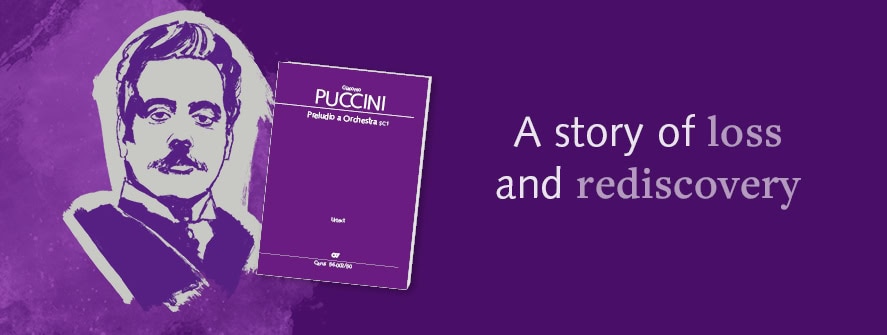
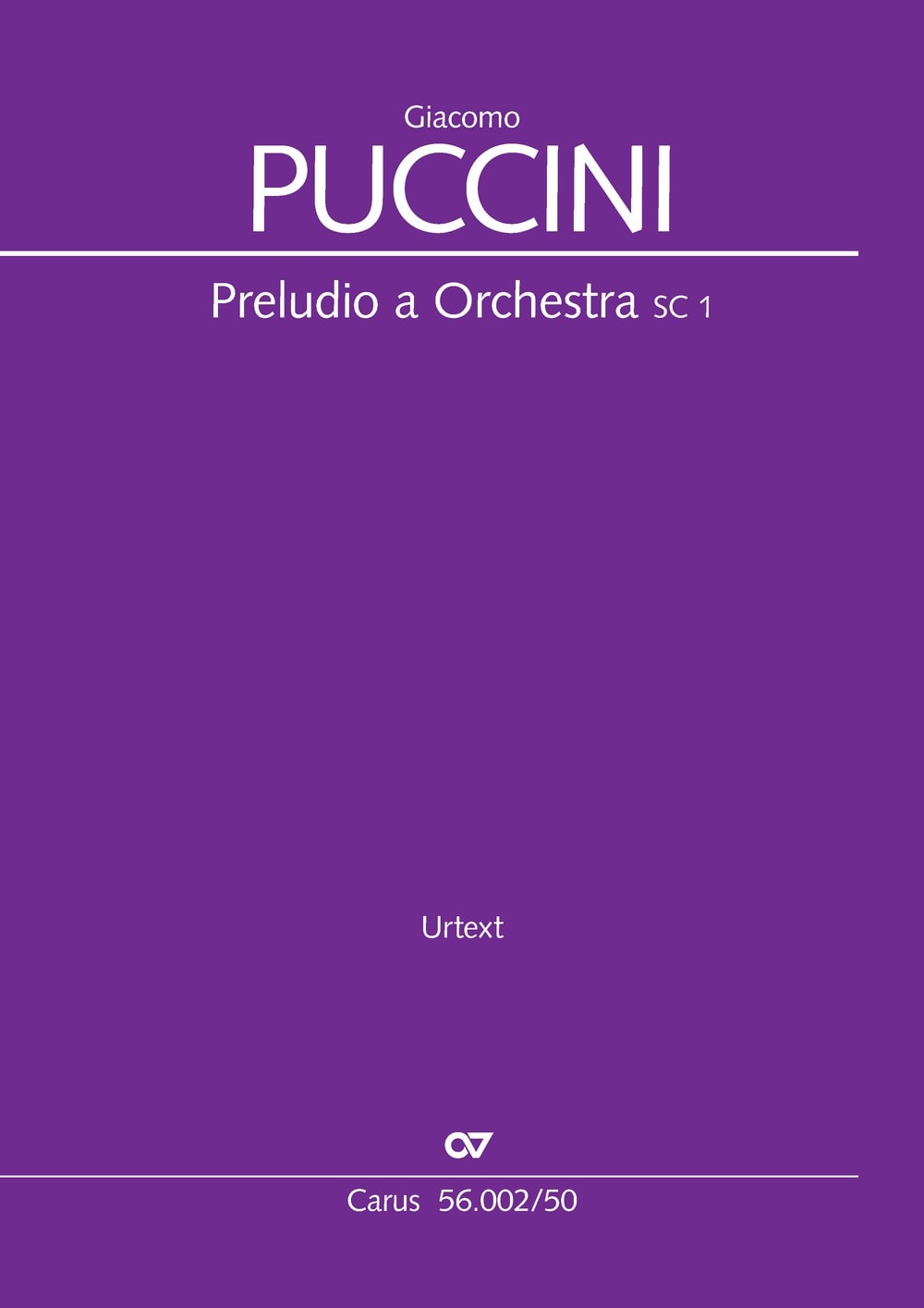
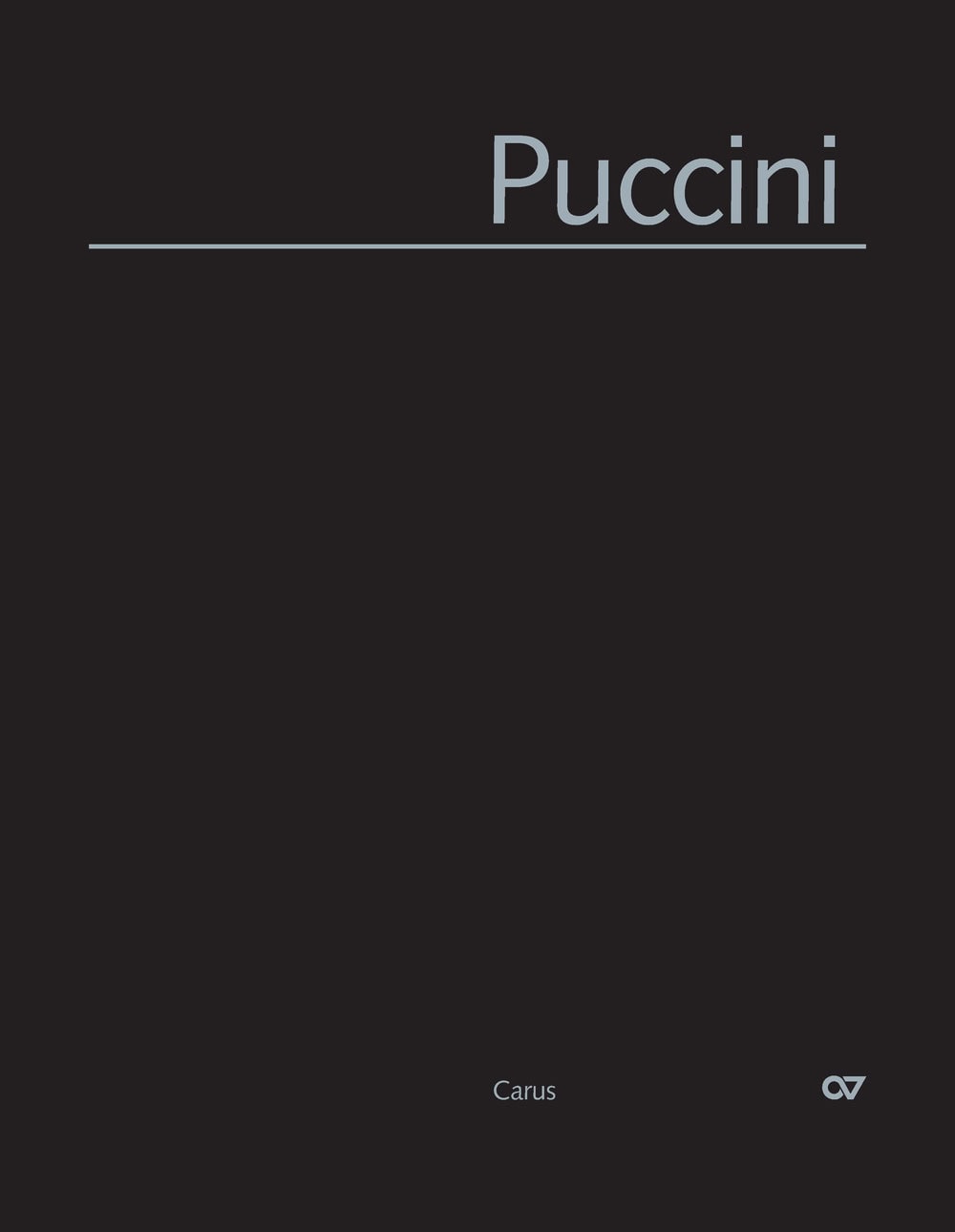

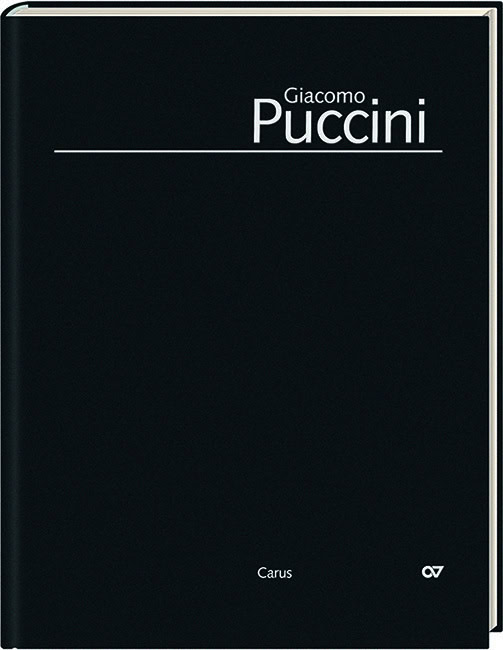 Puccini composed his Messa a 4 voci con orchestra in 1878–1880. The musical quality, the energy, and the freshness of this youthful work led the composer to quote from his Mass in later operas, ensuring an ever-growing popularity for the work after its rediscovery in 1952.
Puccini composed his Messa a 4 voci con orchestra in 1878–1880. The musical quality, the energy, and the freshness of this youthful work led the composer to quote from his Mass in later operas, ensuring an ever-growing popularity for the work after its rediscovery in 1952.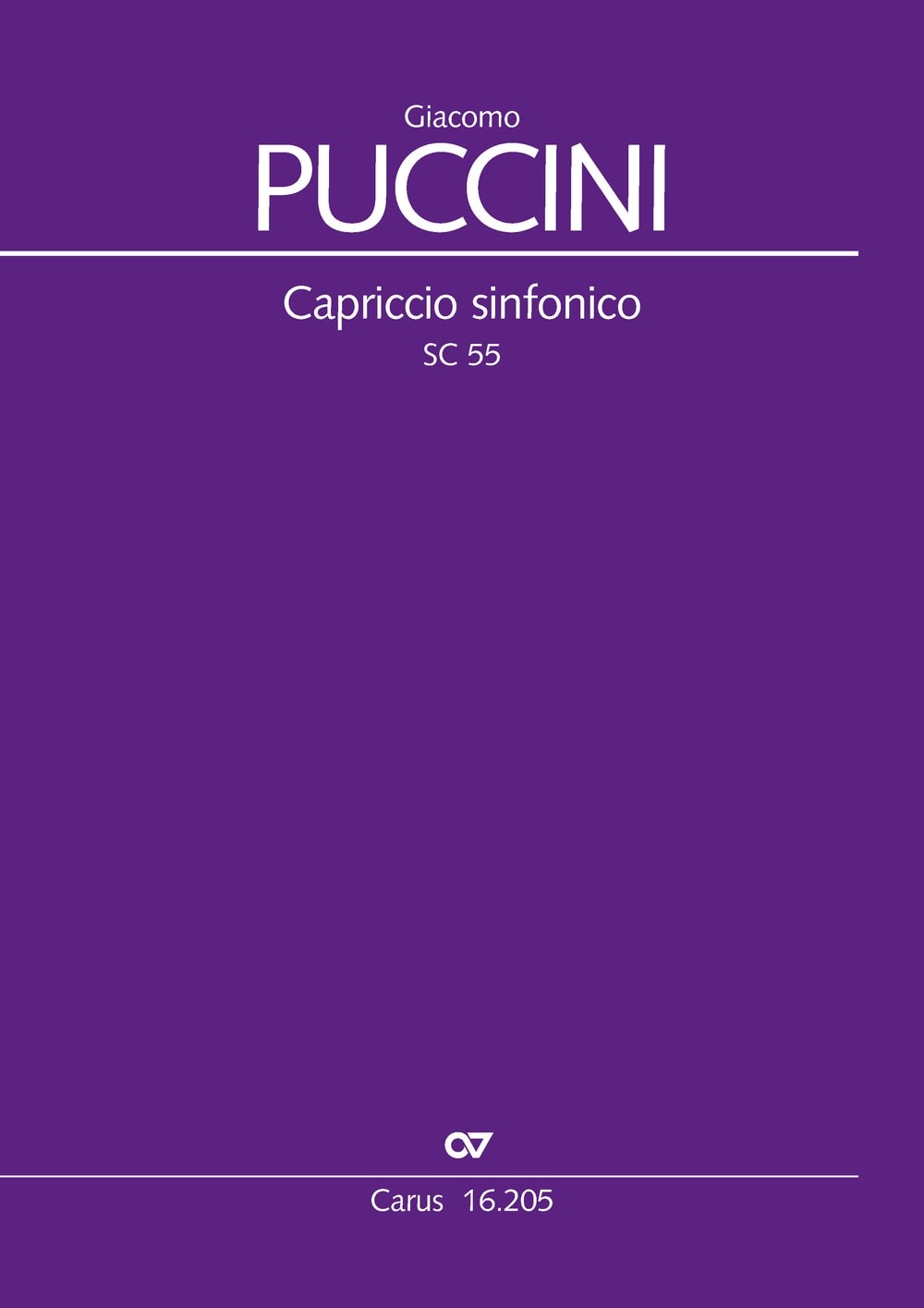 With his Capriccio sinfonico, SC 55, Giacomo Puccini completed his studies in 1883 at the Milan Conservatory. It is his first extensive composition which displays that very specific “Puccini sound” in which he attempted to combine the tradition of Italian bel canto style with Wagner’s treatment of motivic material and handling of the orchestra.
With his Capriccio sinfonico, SC 55, Giacomo Puccini completed his studies in 1883 at the Milan Conservatory. It is his first extensive composition which displays that very specific “Puccini sound” in which he attempted to combine the tradition of Italian bel canto style with Wagner’s treatment of motivic material and handling of the orchestra.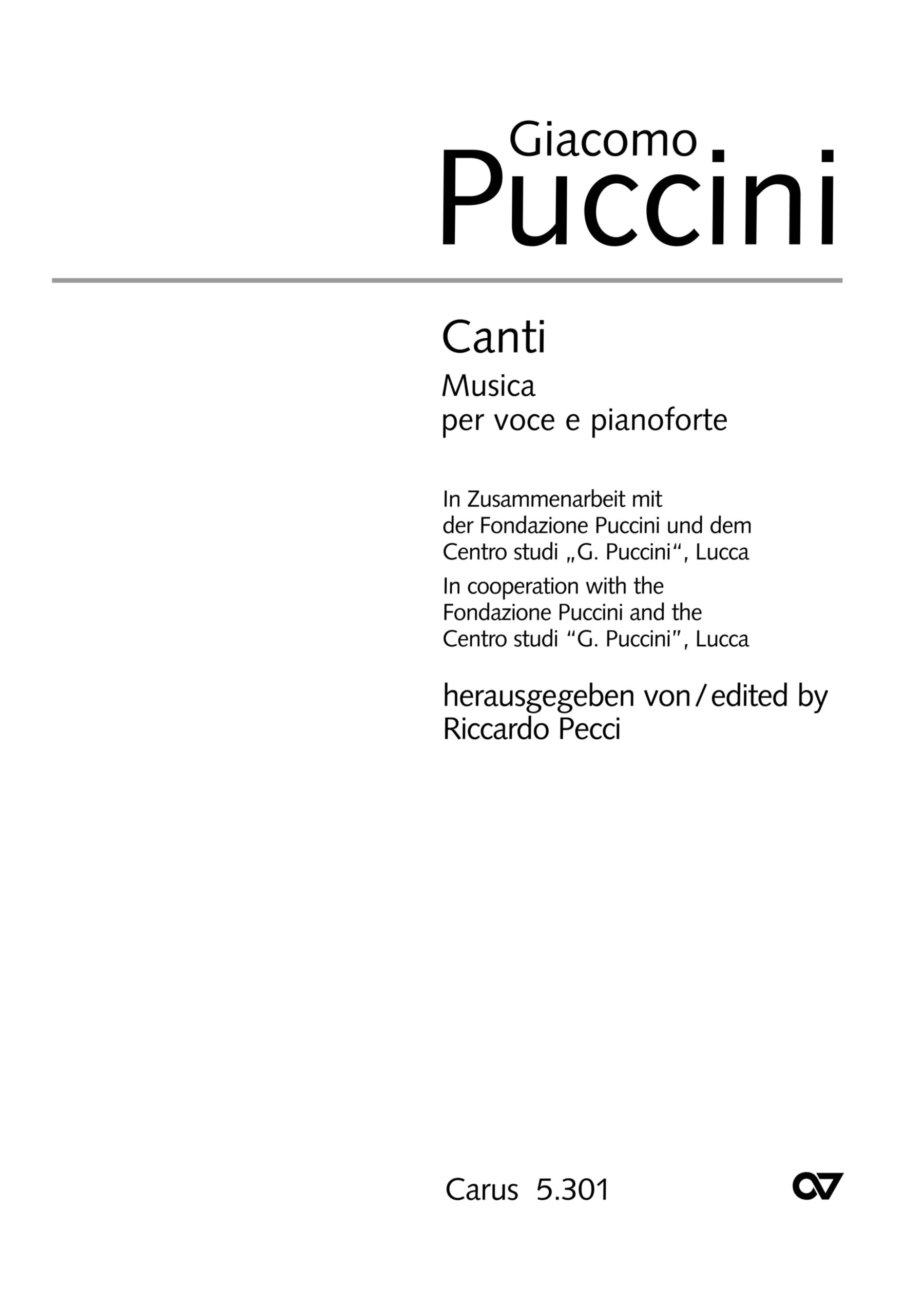 The present collection of 16 smaller vocal compositions is doubly a novelty: On the one hand, among these are three works presented here which were either lost for more than a century (Dios y Patria), or they were never published in their definitive form (Salve Regina and Ad una morta!). On the other hand, they appear here in the first critical edition of these vocal works ever published.
The present collection of 16 smaller vocal compositions is doubly a novelty: On the one hand, among these are three works presented here which were either lost for more than a century (Dios y Patria), or they were never published in their definitive form (Salve Regina and Ad una morta!). On the other hand, they appear here in the first critical edition of these vocal works ever published.

Leave a Reply
Want to join the discussion?Feel free to contribute!